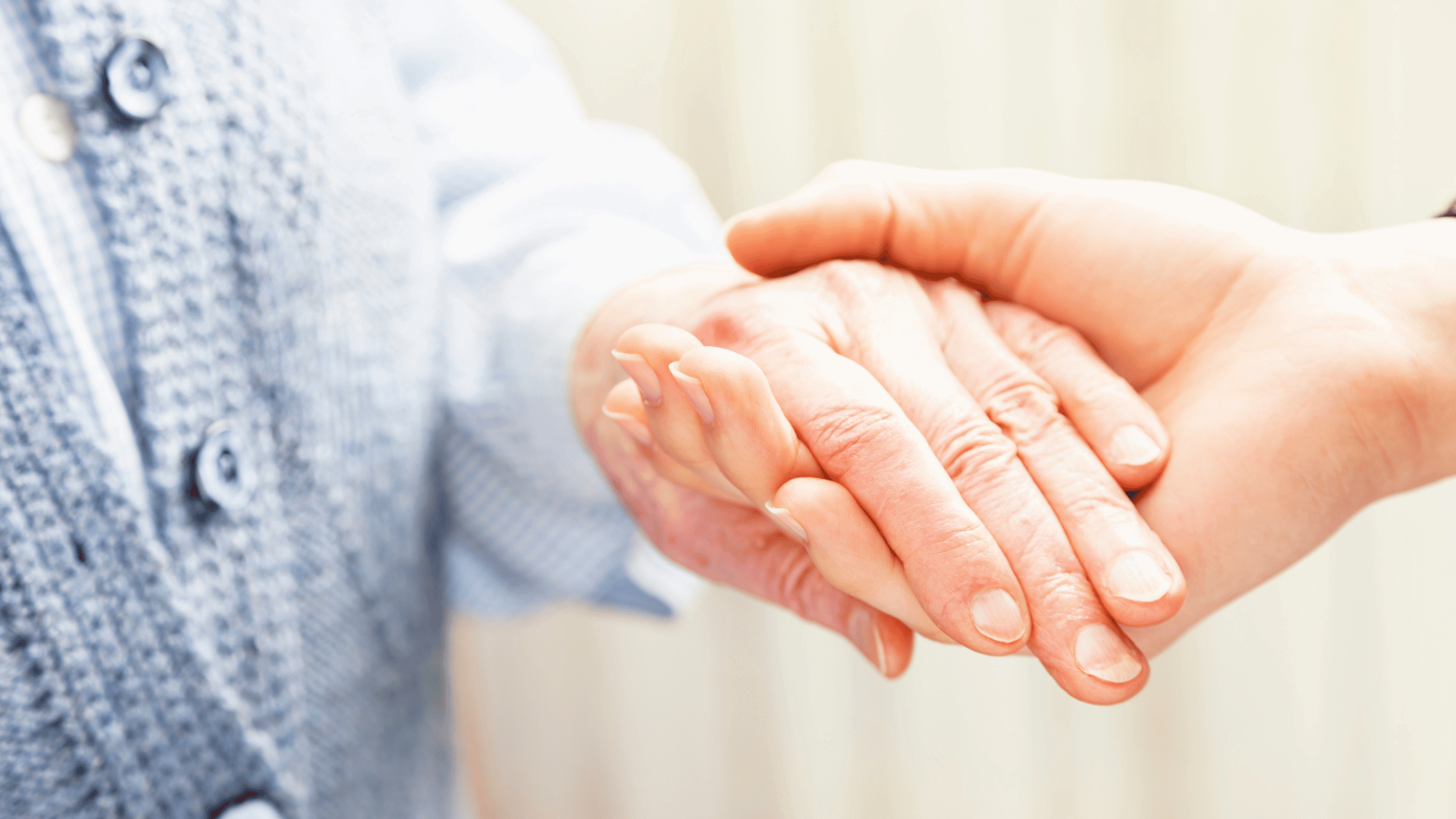Why Does Balance Worsen With Age? Causes, Safety, and Professional Support

Licensed Physical Therapist, PT, DPT // Dry Needling Certified // EW Motion Therapy Trussville
As we age, our bodies undergo various changes, and one of the aspects that can be significantly affected is our balance. Maintaining balance is crucial for daily activities and overall quality of life. However, the efficiency of the systems that help us balance can decline with aging. Physical therapy can be an excellent resource in improving the function of those systems - we help our clients do this every day at EW Motion Therapy. But even if you choose not to do physical therapy with us, this comprehensive guide will explore the reasons behind this decline in balance, offer practical tips for ensuring safety, and discuss the best professionals to seek help from.
Contributing factors to balance decline in aging
Physiological changes
With age, several physiological changes occur that can impact balance. These changes include reduced muscle strength, joint flexibility, and bone density. Muscle weakness, particularly in the lower body, can make it challenging to maintain stability. Joints become less flexible, affecting the range of motion and coordination. Additionally, decreased bone density can increase the risk of fractures from falls.
Sensory decline
Our sensory systems significantly influence balance, especially vision, and proprioception (the body's ability to sense its position in space). Aging can lead to vision deterioration, such as reduced depth perception, difficulty in low-light conditions, and slower adjustment to changes in light levels. The proprioceptive decline means the body is less aware of its position relative to the environment, increasing the risk of tripping or stumbling.
Neurological factors
The brain and nervous system play a pivotal role in maintaining balance. As we age, there can be a decrease in nerve function and a slower transmission of signals. Conditions like peripheral neuropathy, where peripheral nerves are damaged, can significantly impact balance. Additionally, cognitive decline can affect the ability to concentrate and respond to environmental changes, increasing the risk of falls.
Tips for general safety to prevent falls
Home environment modifications
Making simple modifications in your home can significantly reduce the risk of falls. Remove loose rugs, ensure good lighting, especially in hallways and staircases, and install handrails or grab bars in critical areas like bathrooms. Keeping frequently used items within easy reach can minimize the need to use stools or bend excessively.
Regular exercise and physical activity
Regular exercise can help maintain muscle strength, flexibility, and balance. Activities like walking, swimming, and specific balance exercises are beneficial. Tai chi, for instance, is an excellent low-impact exercise for enhancing balance and stability in older adults.
Footwear and assistive devices
Wearing proper footwear is vital for good balance. Shoes should have non-slip soles and provide adequate support. Assistive devices like canes or walkers can provide additional stability for those with significant balance issues.
Seeking professional help: who can assist?
Physical therapists
Physical therapists are experts in movement and balance. They can assess your balance issues and develop a personalized exercise program to strengthen muscles, improve flexibility, and enhance coordination. They can also advise on appropriate assistive devices and home modifications.
Occupational therapists
Occupational therapists specialize in helping individuals perform daily activities safely and efficiently. They can guide you in adapting your home environment and daily routines to reduce fall risks.
Audiologists and optometrists
Since sensory issues like hearing and vision impairments affect balance, regular check-ups with audiologists and optometrists are essential. They can assess your sensory capabilities and recommend appropriate interventions, such as hearing aids or corrective lenses.
Neurologists
A neurologist can comprehensively evaluate whether neurological factors contribute to balance issues. They can diagnose and treat conditions like peripheral neuropathy or cognitive impairments that impact balance, like Parkinson’s disease.
Embracing aging with balance and confidence
Aging gracefully involves understanding the challenges it brings, such as balance decline, and adopting effective strategies to mitigate these issues. By comprehending the causes of balance deterioration, you can take targeted steps to safeguard your well-being. Incorporating home modifications, commitment to regular exercise, and seeking professional assistance are pivotal in this journey.
The pivotal role of physical therapy
Physical therapy deserves special mention for its profound impact on improving balance in older adults. It offers numerous benefits:
- Customized exercise regimens: Physical therapists develop personalized exercise programs that focus on strengthening muscles, improving flexibility, and enhancing proprioception, all of which are crucial for good balance.
- Fall risk assessment and management: Physical therapists are skilled in assessing fall risks and advising on preventive strategies. They can identify specific balance issues and create targeted interventions.
- Education and empowerment: They educate patients about balance mechanics, helping them understand their bodies better. This knowledge empowers individuals to make safer choices in their daily activities.
- Posture and gait training: Physical therapy includes training in posture and gait, which are essential for maintaining balance. Improving how you walk and hold your body can significantly reduce the risk of falls.
- Pain management: Often, pain from other conditions can affect balance. Physical therapists can help manage this pain, indirectly improving balance.
- Recovery support: In cases where falls have already occurred, physical therapists play a crucial role in rehabilitation, helping regain strength and balance and preventing future falls.
Embracing physical therapy support can be a game-changer for aging individuals facing balance issues. It offers a holistic approach that addresses the physical aspects of balance and boosts confidence and independence.
While aging is inevitable, its challenges, especially balance decline, can be effectively managed. With the right strategies, including the invaluable support of physical therapy, you can maintain a vibrant, active lifestyle, ensuring your golden years are safe and fulfilling. Understanding and proactively addressing balance issues is not just about preventing falls; it's about embracing life with confidence and vigor, regardless of age. We love helping our older clients at EW Motion Therapy move safely so they can enjoy all their favorite activities. If you want to explore strategies to reduce fall risk in your home, click the button below to download our free home safety guide.


